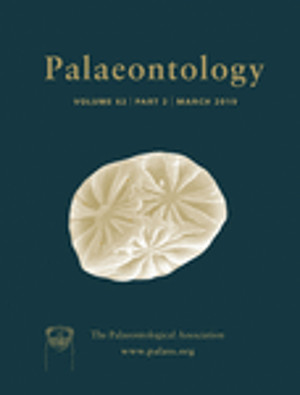Reg. Charity No. 1168330

Reduction in body size of organisms following mass extinctions is well‐known and often ascribed to the Lilliput effect. This phenomenon is expressed as a temporary body size reduction within surviving species. Despite its wide usage the term is often loosely applied to any small post‐extinction taxa. Here we assess the size of bivalves of the family Limidae (Rafineque) prior to, and in the aftermath of, the end‐Triassic mass extinction event. Of the species studied only one occurs prior to the extinction event, though is too scarce to test for the Lilliput effect. Instead, newly evolved species originate at small body sizes and undergo a within‐species size increase, most dramatically demonstrated by Plagiostoma giganteum (Sowerby) which, over two million years, increases in size by 179%. This trend is seen in both field and museum collections. We term this within‐species size increase of newly originated species in the aftermath of mass extinction, the Brobdingnag effect, after the giants that were contemporary with the Lilliputians in Swift's Gulliver's Travels. The size increase results from greater longevity and faster growth rates. The cause of the effect is unclear, although it probably relates to improved environmental conditions. Oxygen‐poor conditions in the Early Jurassic are associated with populations of smaller body size caused by elevated juvenile mortality but these are local/regional effects that do not alter the long‐term, size increase. Although temperature‐size relationships exist for many organisms (Temperature‐Size Rule and Bergmann's Rule), the importance of this is unclear here because of a poorly known Early Jurassic temperature record.